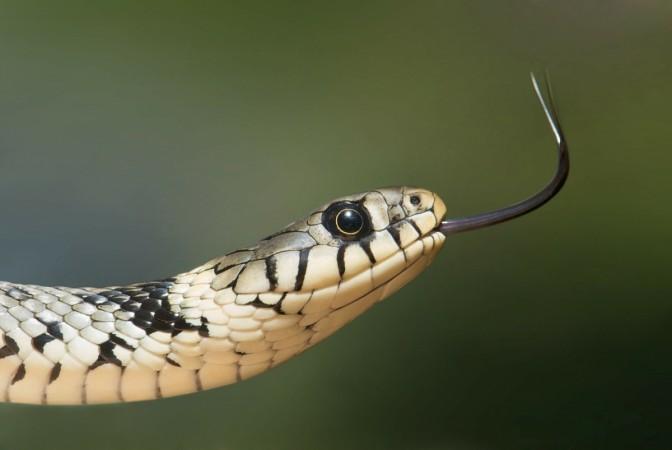A new study has found that humans if environmental conditions were right, could evolve to spit potentially deadly venom as a part of the self-defense mechanism. During the study, researchers found that human bodies have that genetic coding to develop venom glands like snakes.
Link between venom glands and salivary glands
According to researchers who took part in this study, the genetic foundation needed for oral venom to evolve is present in both reptiles and mammals, and they made it clear that their study suggests the first concrete evidence that substantiates a link between venom glands in snakes and salivary glands in humans.

Even though humans are not venomous now, the study report published in the PNAS journal suggested that human genomes have the capability to turn venomous under certain environmental conditions.
Humans turning snakes, a distant possibility
During the study, researchers focused on genes that work alongside and interact with the venom genes. Scientists analyzed venom glands from the Taiwan habu snake, an Asian viper, and compared it with genomes of other creatures including mammals like dogs, chimpanzees, and humans. The results were surprising as the bodies of these mammals contained respective versions of such genes.
Researchers also noted that salivary glands in mammals and venom glands in snakes share an ancient functional core, which means humans could spit venom under certain ecological conditions.
"Many scientists have intuitively believed this is true, but this is the first real solid evidence for the theory that venom glands evolved from early salivary glands. While snakes then went crazy, incorporating many different toxins into their venom and increasing the number of genes involved in producing venom, mammals like shrews produce simpler venom that has a high similarity to saliva," said Agneesh Barua, lead author of the study, and a graduate student at Okinawa Institute of Science and Technology.
Agneesh revealed that an experiment conducted in 1980 found mice producing venomous proteins in their saliva, and if the right ecological conditions exist, humans could also do the same, highlighting the fact that it is a very distant possibility.













